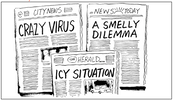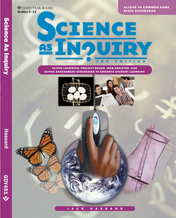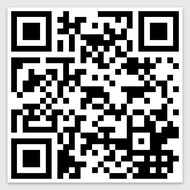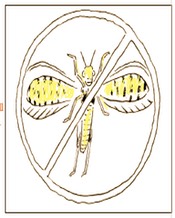Stories and Scenarios You Use With Your Students to Encourage Debate, Discussion, & Inquiry

No Insects Fuzzy Situation
Barley farmers in the United States have been experiencing crop failure due to an overpopulation of hungry locusts. Concurrently, scientists from a private European firm have been working on an experimental pesticide that they believe will have the power to eliminateentire populations of locusts and other insect pests.
The farmers are desperate to save their crops, so they talk the reluctant scientists into allowing their farms to be the first testing grounds for the experimental pesticide. The European firm prepares the pesticide to be shipped overseas by air.
Unfortunately, the plane never reaches the United States. The plane mysteriously explodes mid-flight, releasing all of the pesticide into the atmosphere and contaminating the whole planet. It seems the scientists from the European firm were not aware of how powerful their pesticide was—it not only killed the locusts of the world, but every other insect as well.
Inquiry Questions:
1. How will the world be different without insects?
2. How great an impact do insects have on the day-to-day functioning of the Earth?
3. Should the farmers have used the experimental pesticide before it had been fully tested?
4. How else might the farmers have eliminated their locust problem
Fuzzy situations are stories and scenarios that allow teachers of science to tap into the creative thinking abilities of their students, as well as probe their content knowledge and conceptual understanding. Fuzzy situations can be used to begin a unit of teaching in that they can be used to assess students’ prior knowledge, as well engage the students in a discussion of the topic in an interesting way. Fuzzy situations can serve as a tool to facilitate student writing by having students keep a journal or log of their thinking, or by participating in Internet-based discussions. Writing-to-learn, is a strategy that helps student construct ideas through writing. In this research, students are encouraged to write their personal views and meanings of the laboratory or in this case, the Fuzzy Situation in a journal, or on a structured form. Then, in small groups students share their thinking, and use these sessions to refine their ideas.
A Fuzzy Situation can be presented in class, and then students can work alone for a few minutes, and then come together as a team to discuss what they wrote.
Another way to implement Fuzzy Situations is by means of an Online or Internet discussion. For this you will need to have a website accessible to all of your students. You can use a Blog, a Wikispace, or any one of a number of tools such as Google Docs, or Zoho Works.
In each of these cases, your students will be able to post their ideas on Web, visible to you and their peers. Students can respond to each others’ posts. If you make this as an assignment for homework, discuss the students’ responses the next day in class. In either method, in class or online, reading the Fuzzy Situation, writing about the Fuzzy, and discussing the Fuzzy are important in helping students learn, and also to inquire into each of the cases that you present to them. There are many to choose from in the content areas of Earth science, environmental science, life science, and physical science.
You might want to begin by using the "No Insects" fuzzy situation and involve your students in either in an in-class discussion of the issue, or if you are using the Web and have a blog or Wikispace, post the fuzzy situation there, and challenge your students to answer any one of the inquiry questions associated with the No Insects fuzzy situation.
Here are the names of the other fuzzy situation that you will find in the text, Science As Inquiry:
·Human Population Growth
·GENES Committee
·Crazy Virus
·Icy Situation
·Anonymous Letter
·Water or Gas
·Aqua City




